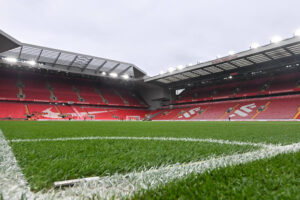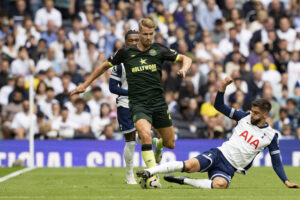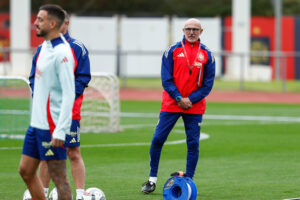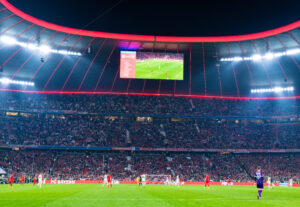Sir Geoff Hurst believes that banning children from heading footballs would be a ‘sensible suggestion.’
The news of multiple much-loved former footballers suffering from dementia is once again creating a discussion about sports safety. There is research that suggests that repeated head trauma can lead to neurological disorders in later life. Footballers seem to be especially vulnerable to dementia and Sir Geoff Hurst believes changes need to be made.
Calls for Banning Heading Balls for Children Backed by Sir Geoff Hurst
Sir Geoff Hurst Will Donate His Brain to Aide Dementia Research
Sir Geoff Hurst, a surviving member of England’s 1966 world cup winning squad, has seen his former teammates suffer from dementia. This past year has seen Nobby Stiles and Jack Charlton die whilst suffering from dementia before Sir Bobby Charlton was diagnosed with the condition. In an interview with the Daily Mirror, Sir Geoff Hurst suggested that banning children from heading footballs is a ‘sensible suggestion.’ The former England forward also stated that he would donate his brain to medical studies to help future research.
A study by Glasgow University in 2019 found former professional footballers are three and a half times more likely to die of dementia than people of the same age range in the general population.
These studies are already making changes. In light of the studies, the FA launched new coaching guidelines to restrict the amount of heading by under-18 players in training. The surge in cases of dementia among retired athletes may force other impact sports to take notice.
An Increasing Amount of Former Footballers Are Worrying About Dementia
Now that the links between football and dementia have become clear, former players are becoming concerned. Alan Shearer underwent an MRI scan to see if there was any damage after his long successful career. Additionally, Gary Lineker stated that the news of Sir Bobby Charlton’s diagnosis was ‘deeply concerning’. Reported in The Telegraph, Lineker believes all footballers should back the move to end heading in training.
Main Photo






